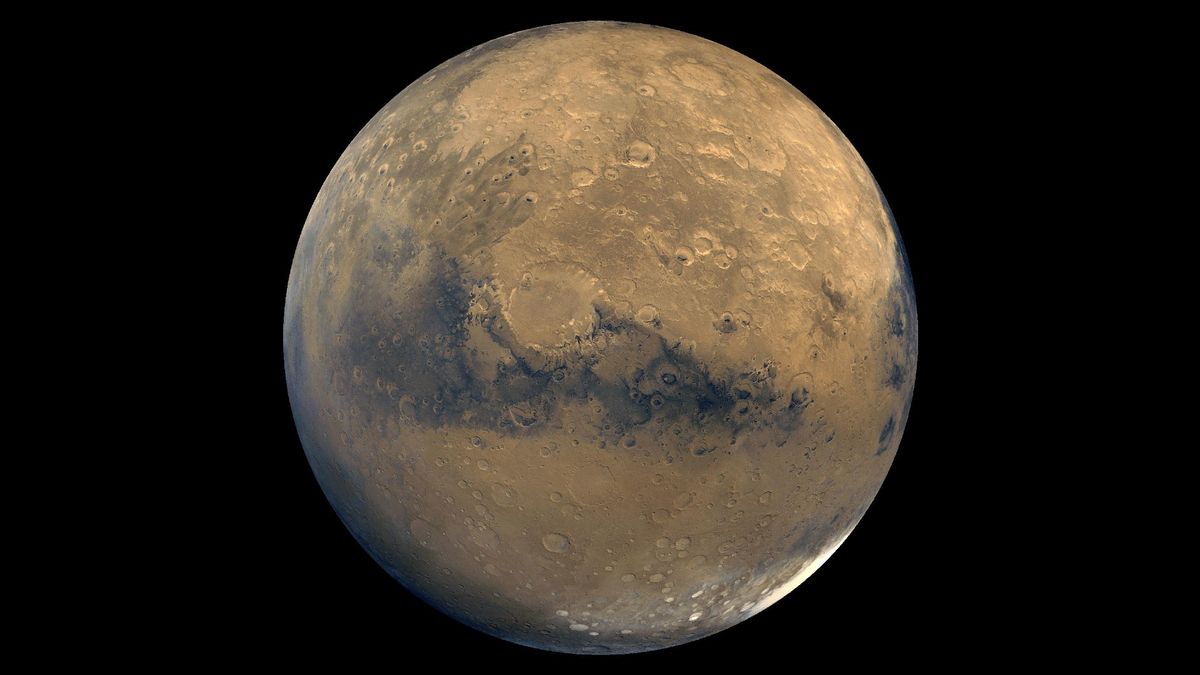Groundbreaking Study Uncovers the Role of Dynamo Reversals in Shaping Mars’ Magnetic History

New Insights into Mars’s Magnetic Field Dynamics
Martian impact basins, previously thought to be demagnetized due to the early cessation of Mars’s planetary dynamo, may instead provide evidence of a reversing magnetic field, according to a new study. Led by Dr. Silpaja Chandrasekar, the research suggests that Mars’s dynamo—the mechanism generating its magnetic field—was active longer than previously believed, with significant implications for our understanding of the planet’s evolution.
Impact Basins and Reversing Fields
Published in Nature Communications, the study delves into the magnetic anomalies in large Martian impact basins, which exhibit weaker magnetism than surrounding regions. Rather than indicating a permanently inactive dynamo, the researchers propose that these weak signals result from prolonged cooling and frequent polarity reversals. By modeling cooling processes within these basins, they demonstrated how these magnetic field reversals diminished the strength of magnetism, creating a demagnetized appearance. This overturns the notion that a dying dynamo alone explains the anomalies.
Extended Dynamo Activity
Traditionally, Mars’s dynamo was assumed to have ceased early in the planet’s history, but recent evidence, including young volcanic rocks and the meteorite Allan Hills 84001, suggests otherwise. The study posits that Mars’s dynamo may have persisted until around 3.7 billion years ago. During this time, the magnetic field experienced regular reversals, forming oppositely magnetized layers in cooling impact basins. This process likely contributed to the weak magnetic signatures detected today.
Implications for Planetary Evolution
These findings reshape our understanding of Mars’s magnetic history and its broader planetary evolution. A prolonged, reversing dynamo could have influenced Mars’s climate stability and surface conditions, offering clues about its transition from a warmer, wetter environment to the arid planet we see today. The study also highlights how magnetic field dynamics play a pivotal role in shaping planetary crusts, offering new perspectives for studying other celestial bodies with similar features.





















